Home>Gardening & Outdoor>Landscaping Ideas>When To Overseed Grass
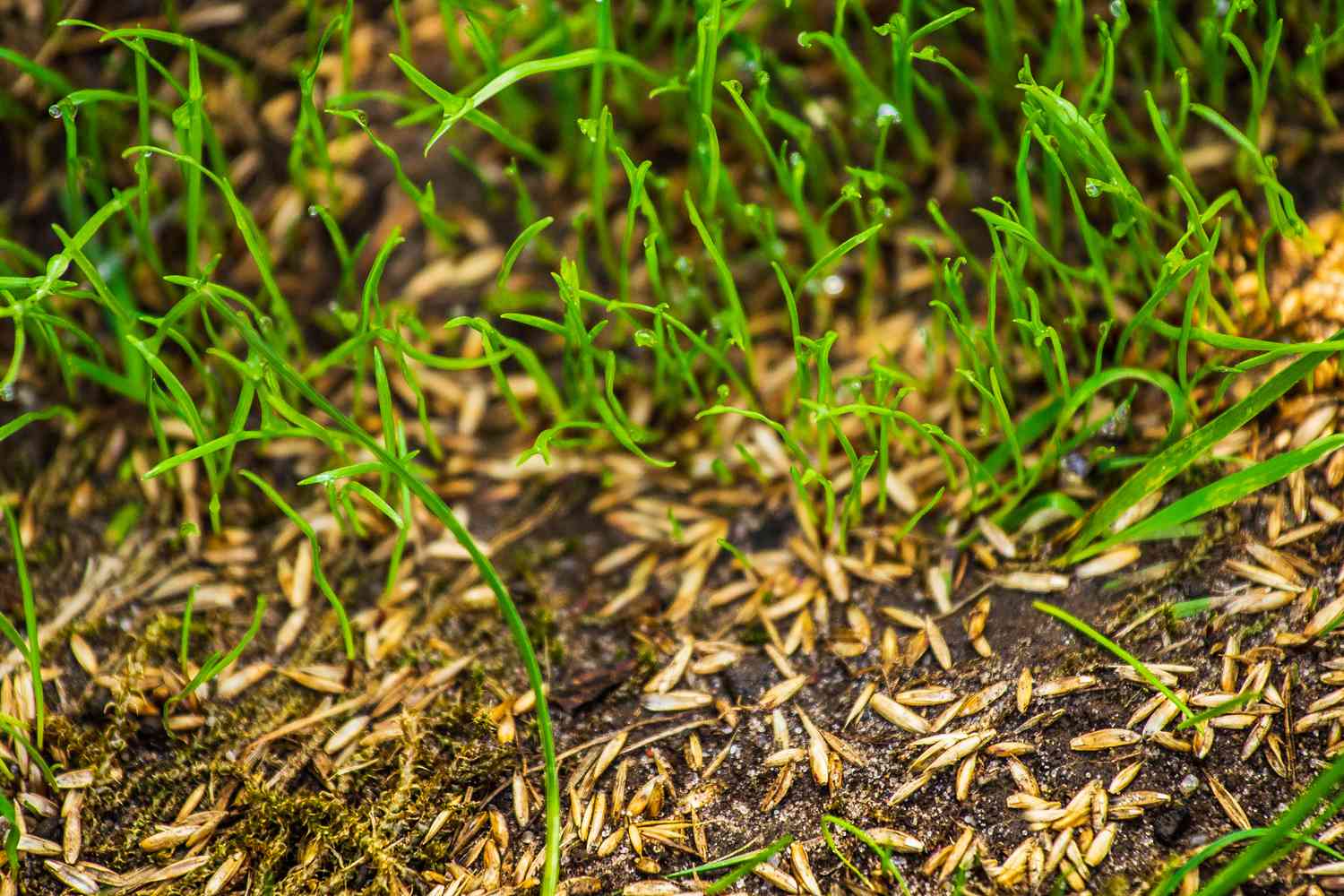

Landscaping Ideas
When To Overseed Grass
Published: January 29, 2024
Discover the best time to overseed your grass for a lush, healthy lawn with our expert landscaping ideas. Learn the benefits of overseeding and how to achieve optimal results.
(Many of the links in this article redirect to a specific reviewed product. Your purchase of these products through affiliate links helps to generate commission for Storables.com, at no extra cost. Learn more)
Introduction
Are you yearning for a lush, vibrant lawn that beckons you to kick off your shoes and revel in its velvety green embrace? If so, overseeding might just be the secret ingredient you've been missing in your lawn care regimen. Whether your lawn is showing signs of wear and tear, or you simply desire a thicker, more resilient turf, overseeding can work wonders in rejuvenating your outdoor oasis.
Overseeding involves sowing grass seed directly into existing turf, filling in bare patches, thickening the lawn, and introducing new, resilient grass varieties. This time-tested practice not only enhances the aesthetic appeal of your lawn but also fortifies it against the rigors of foot traffic, inclement weather, and pest invasions. Moreover, it can significantly contribute to the overall health and longevity of your lawn, making it a cornerstone of proactive lawn care.
In the upcoming sections, we'll delve into the myriad benefits of overseeding, pinpoint the optimal time to undertake this revitalizing endeavor, explore essential preparatory steps, and uncover the best techniques for achieving optimal results. Additionally, we'll discuss post-overseeding care and maintenance to ensure that your newly rejuvenated lawn flourishes and remains a source of pride for seasons to come. So, grab your gardening gloves and let's embark on a journey to transform your lawn into a verdant masterpiece.
Key Takeaways:
- Overseeding your lawn in early fall for cool-season grasses or late spring to early summer for warm-season grasses can thicken the turf, enhance aesthetic appeal, and minimize weed infestation.
- Before overseeding, evaluate the lawn, address soil compaction, and select quality grass seed. After overseeding, maintain a consistent watering schedule, adjust mowing practices, and monitor for weed encroachment.
Benefits of Overseeding
Overseeding offers a plethora of advantages that can breathe new life into your lawn and elevate its overall resilience and beauty. Here are some compelling benefits of incorporating overseeding into your lawn care routine:
- Thickens the Turf: Over time, lawns can develop thinning areas and bare patches due to foot traffic, pet activities, or environmental stressors. Overseeding helps fill in these sparse areas, resulting in a denser and more luxurious turf.
- Enhances Aesthetic Appeal: A well-maintained, lush lawn is a sight to behold. By introducing fresh grass seed varieties through overseeding, you can achieve a vibrant, uniform lawn that instantly boosts your property’s curb appeal.
- Improves Stress Tolerance: Newer grass varieties often boast enhanced resilience to drought, disease, and pests. By overseeding with these robust cultivars, you can bolster your lawn’s ability to withstand environmental stressors and biological threats.
- Minimizes Weed Infestation: A dense, healthy turf serves as a natural deterrent to weed encroachment. Overseeding helps choke out weeds by crowding them out and minimizing the space available for weed seeds to germinate.
- Repairs Damage: Whether your lawn has endured damage from summer heat, heavy rains, or lawn diseases, overseeding presents an opportunity to rejuvenate and revitalize the affected areas, fostering a more uniform and resilient lawn.
- Cost-Effective Lawn Renovation: Compared to more extensive lawn renovation methods, such as sodding or reseeding an entire lawn, overseeding is a budget-friendly approach to rejuvenating your turf and achieving a luscious, healthy lawn.
By harnessing these benefits, overseeding can transform a lackluster lawn into a verdant masterpiece, enriching your outdoor space with beauty, resilience, and enduring charm.
Best Time to Overseed
Timing is crucial when it comes to overseeding, as selecting the optimal season can significantly impact the success of this revitalizing endeavor. In general, the best time to overseed your lawn depends on the type of grass you have and the climate of your region. Here’s a comprehensive guide to help you pinpoint the ideal time for overseeding:
Early Fall: A Prime Window for Cool-Season Grasses
If your lawn predominantly consists of cool-season grasses such as Kentucky bluegrass, fescue, or ryegrass, early fall stands out as the prime overseeding window. During this period, the soil retains warmth from the summer months, while the cooler air temperatures create an optimal environment for seed germination. Additionally, autumn’s typically higher precipitation levels provide natural irrigation, promoting seed establishment and early growth.
Late Spring to Early Summer: Ideal for Warm-Season Grasses
For lawns predominantly featuring warm-season grasses like Bermuda grass, Zoysia grass, or St. Augustine grass, late spring to early summer presents an opportune time for overseeding. As the soil temperatures rise and the threat of frost diminishes, this period offers favorable conditions for warm-season grass seed germination and establishment.
Read more: When To Overseed Lawns
Consider Local Climate and Frost Dates
It’s essential to consider your region’s specific climate and frost dates when determining the best time to overseed. Understanding the average first frost date in the fall and the last frost date in the spring can help you strategically plan your overseeding activities, ensuring that the new grass seed has ample time to establish before the onset of harsh weather conditions.
By aligning your overseeding efforts with the optimal timing for your grass type and local climate, you can maximize the success of your lawn revitalization endeavors, setting the stage for a vibrant, resilient turf that thrives throughout the seasons.
How to Prepare for Overseeding
Before embarking on the transformative journey of overseeding your lawn, thorough preparation is key to laying the groundwork for success. Follow these essential steps to prepare your lawn for the overseeding process:
1. Evaluate the Existing Lawn
Begin by assessing the current state of your lawn. Identify areas with thinning grass, bare patches, or compacted soil. Take note of any weeds or debris that may hinder the overseeding process.
2. Perform Necessary Lawn Maintenance
Prior to overseeding, mow your lawn at a slightly lower setting than usual to facilitate better seed-to-soil contact. Remove any thatch buildup and ensure that the lawn is free of excessive debris and organic matter.
Read more: How To Overseed Your Grass
3. Address Soil Compaction
If your soil is compacted, consider aerating the lawn to alleviate soil compaction and improve the penetration of air, water, and nutrients. Aerating also creates an ideal environment for seed germination and root development.
4. Weed Control
Before overseeding, address any existing weed issues. Consider using targeted weed control methods to minimize competition for resources and space, allowing the new grass seed to thrive without undue interference.
5. Amend the Soil
Conduct a soil test to assess its pH and nutrient levels. Based on the results, amend the soil with organic matter, such as compost or well-decomposed manure, to enhance its fertility and structure. This step can provide an optimal foundation for successful seed germination and establishment.
6. Select Quality Grass Seed
Choose high-quality grass seed varieties that are well-suited to your region’s climate and soil conditions. Opt for blends or mixtures that offer a balance of resilience, aesthetic appeal, and adaptability to your specific lawn environment.
By meticulously preparing your lawn for overseeding, you can create an environment that is conducive to the successful establishment of new grass seed, setting the stage for a thriving, revitalized lawn that enhances the beauty and functionality of your outdoor space.
Read more: How To Overseed Grass In Spring
Overseeding Techniques
When it comes to overseeding your lawn, employing the right techniques can make a substantial difference in the success and uniformity of the new grass seed’s establishment. Here are essential techniques to consider for achieving optimal overseeding results:
1. Proper Seed Distribution
Ensure even seed distribution by using a broadcast spreader or seed spreader. Calibrate the spreader according to the recommended seeding rate for your specific grass type and the size of the area being overseeded. This ensures consistent coverage and minimizes the risk of over- or under-seeding.
2. Seed-to-Soil Contact
To promote seed germination, ensure adequate seed-to-soil contact. This can be achieved by lightly raking the soil surface after overseeding to cover the seeds with a thin layer of soil. Alternatively, using a lawn roller can help press the seeds into the soil, facilitating better contact and enhancing the germination process.
3. Watering Regimen
After overseeding, establish a consistent watering regimen to keep the soil moist but not waterlogged. Light, frequent watering is typically recommended to prevent the seeds from drying out and to support their germination. As the new grass seedlings emerge, gradually transition to deeper, less frequent watering to encourage robust root development.
Read more: How To Overseed Grass Seed
4. Fertilization and Soil Amendments
Consider applying a starter fertilizer specifically formulated for new seed establishment. This can provide essential nutrients to support early seedling growth. Additionally, if soil test results indicate deficiencies, consider incorporating targeted soil amendments to optimize the soil’s fertility and structure for the new grass seed.
5. Post-Overseeding Care
Monitor the overseeded areas closely and be vigilant for signs of germination. As the new grass seedlings emerge, adjust your mowing practices to avoid disrupting their growth. Gradually transition back to your regular mowing routine once the new grass has reached a sufficient height, ensuring that it remains healthy and resilient.
By implementing these overseeding techniques with care and attention to detail, you can set the stage for successful seed germination and the establishment of a thick, vibrant lawn that enhances the beauty and functionality of your outdoor space.
Aftercare and Maintenance
Following the overseeding process, diligent aftercare and maintenance are crucial to nurturing the newly sown grass seed and fostering its robust establishment. Here are essential aftercare and maintenance practices to ensure the success of your overseeding efforts:
1. Watering Schedule
Consistent and adequate watering is essential to support the germination and early growth of the newly sown grass seed. Maintain a regular watering schedule, ensuring that the soil remains consistently moist without becoming waterlogged. This encourages strong root development and the establishment of healthy, resilient grass seedlings.
Read more: How To Overseed Bahia Grass In Florida
2. Mowing Practices
Adjust your mowing practices to accommodate the newly germinated grass seedlings. Refrain from mowing over these areas until the new grass has reached a height of approximately 3 inches. When it’s time to resume mowing, ensure that the mower blades are sharp and set at an appropriate height to avoid causing stress or damage to the developing grass seedlings.
3. Fertilization and Weed Control
Consider applying a light, balanced fertilizer to provide essential nutrients that support the ongoing growth and development of the newly established grass. Additionally, monitor the overseeded areas for weed encroachment and employ targeted weed control methods to prevent competition for resources and space, allowing the new grass seedlings to flourish.
4. Avoid Heavy Traffic
Minimize foot traffic and pet activities on the newly overseeded areas to prevent soil compaction and damage to the delicate grass seedlings. Establish clear boundaries or temporary barriers to deter traffic and protect the developing grass from undue stress.
5. Patience and Vigilance
Exercise patience and vigilance as the newly overseeded areas progress through the stages of germination and establishment. Be attentive to the changing needs of the developing grass seedlings, adjusting your maintenance practices accordingly to support their healthy growth and resilience.
By adhering to these aftercare and maintenance practices with dedication and attentiveness, you can nurture the newly overseeded areas into a thriving, lush lawn that enriches your outdoor space with beauty, resilience, and enduring vitality.
Read more: How To Overseed Grass
Conclusion
Embarking on the journey of overseeding your lawn is a transformative endeavor that holds the promise of breathing new life into your outdoor oasis. By embracing the benefits of overseeding, understanding the optimal timing, and meticulously preparing, executing, and caring for the overseeding process, you have the power to revitalize your lawn and cultivate a verdant, resilient turf that enhances the beauty and functionality of your outdoor space.
As you witness the gradual emergence of lush, vibrant grass seedlings and the transformation of once-thinning areas into a dense, luxurious carpet of green, you’ll experience the gratifying fruits of your labor. The rejuvenated lawn will beckon you to revel in its velvety embrace, host leisurely gatherings, and serve as a picturesque backdrop for cherished moments with family and friends.
Remember, overseeding is not merely a means to an end; it’s a testament to your dedication to nurturing and preserving the natural splendor of your outdoor environment. It’s a pledge to cultivate a thriving, resilient lawn that stands as a testament to your commitment to sustainable, proactive lawn care.
So, as you embark on this revitalizing journey, armed with the knowledge of the best practices and techniques for overseeding, embrace the process with enthusiasm and patience. With each carefully sown seed and tenderly nurtured grass blade, you’re crafting a legacy of enduring beauty and vitality that will grace your outdoor space for seasons to come.
May your overseeding endeavors yield a bountiful harvest of lush, resilient grass, and may your rejuvenated lawn become a source of pride, joy, and natural splendor, enriching your outdoor haven with its timeless allure.
Frequently Asked Questions about When To Overseed Grass
Was this page helpful?
At Storables.com, we guarantee accurate and reliable information. Our content, validated by Expert Board Contributors, is crafted following stringent Editorial Policies. We're committed to providing you with well-researched, expert-backed insights for all your informational needs.
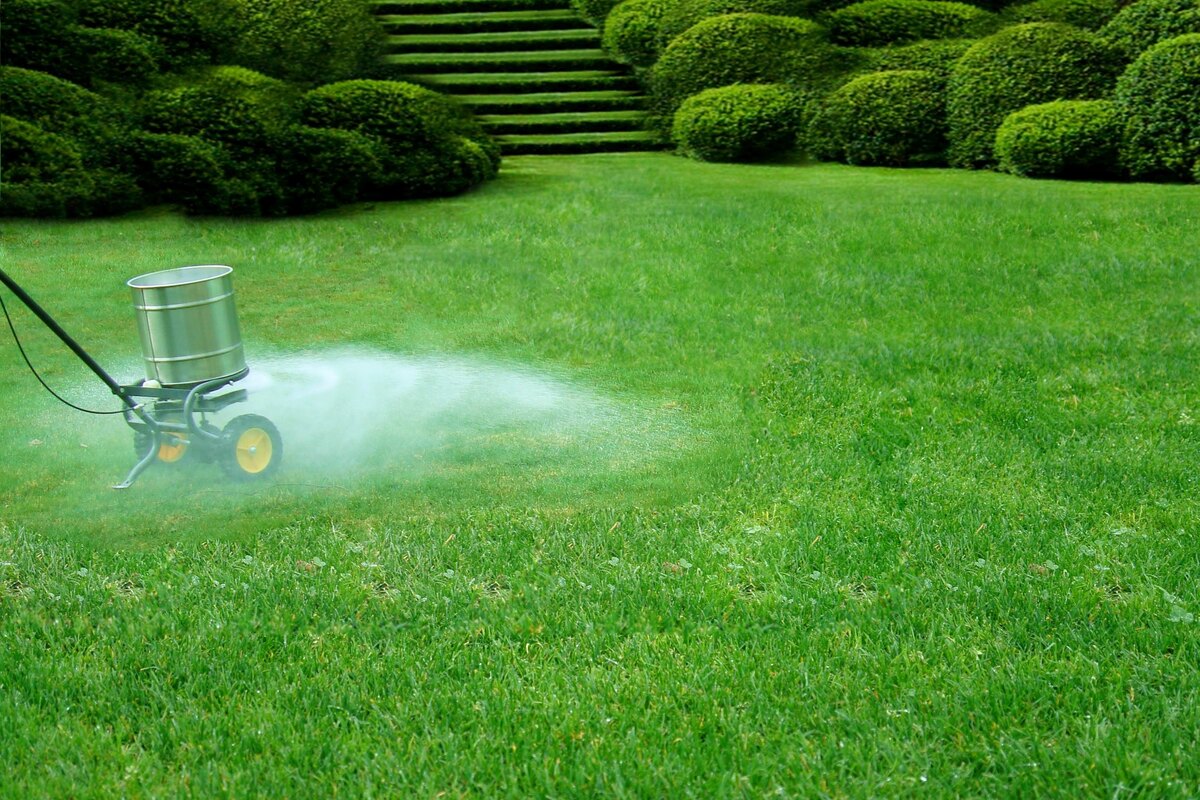
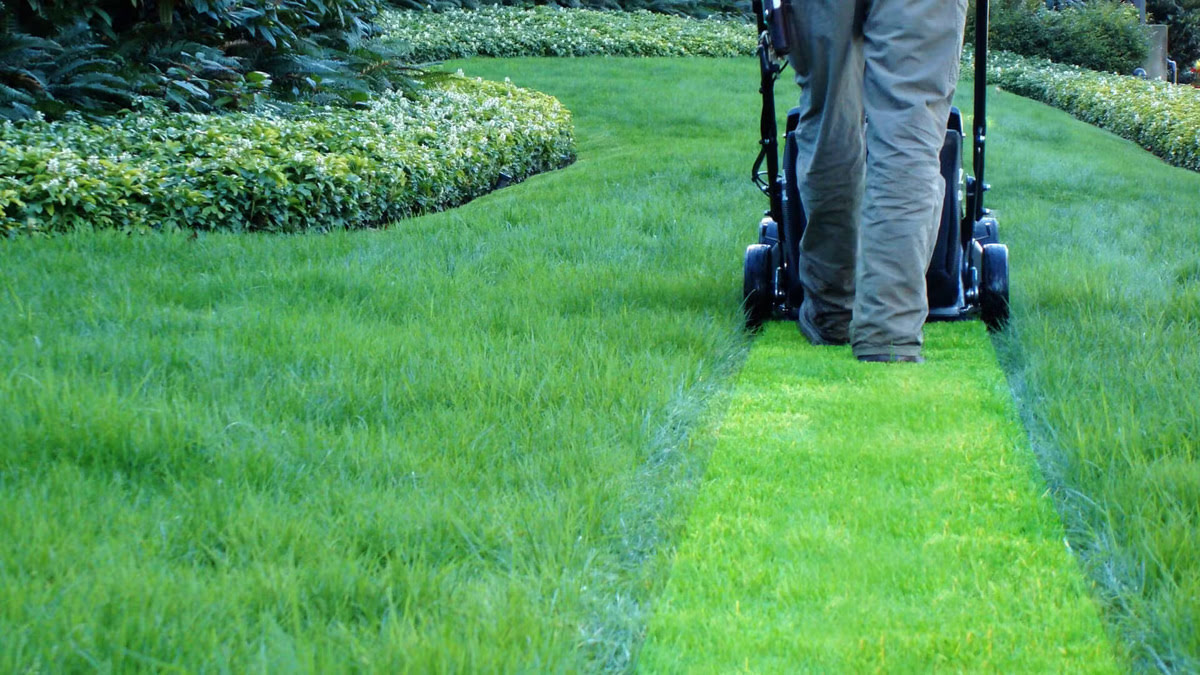
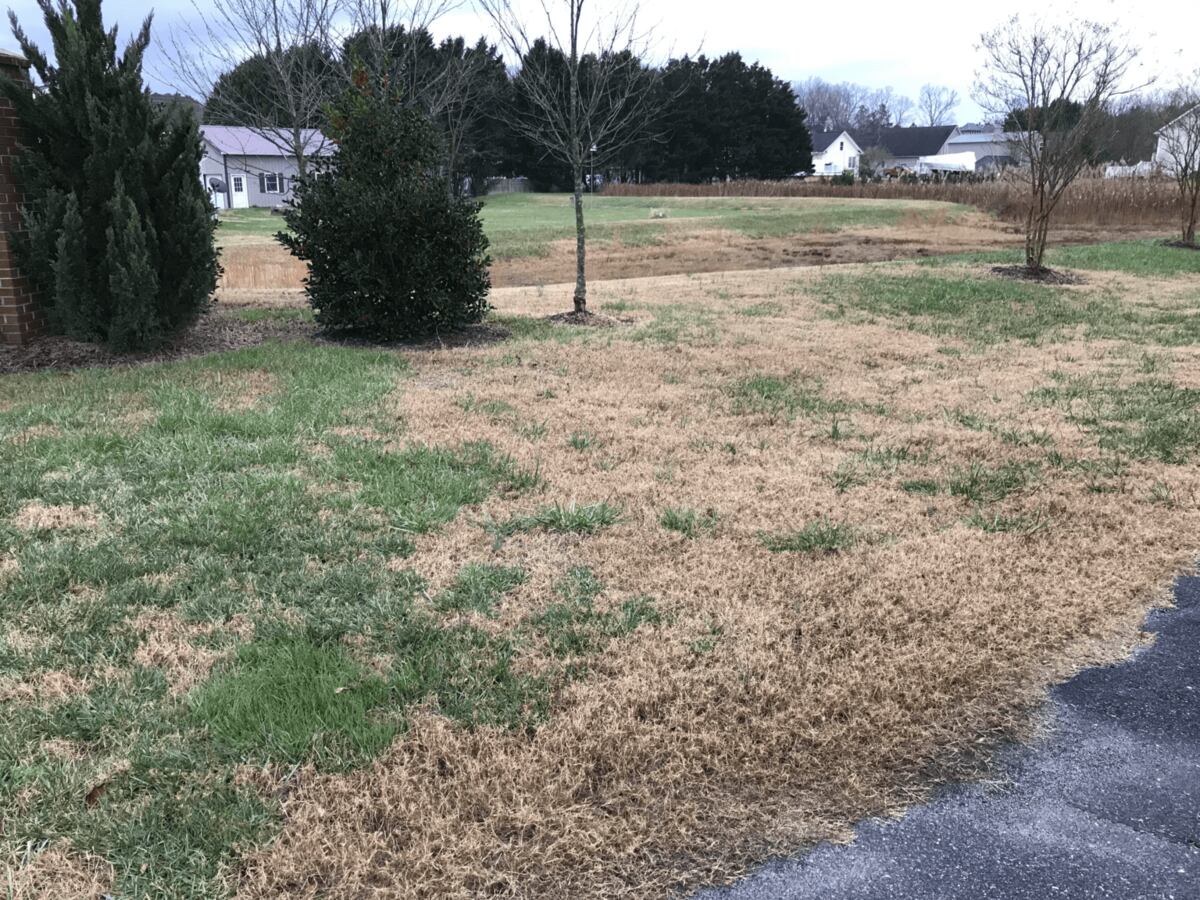
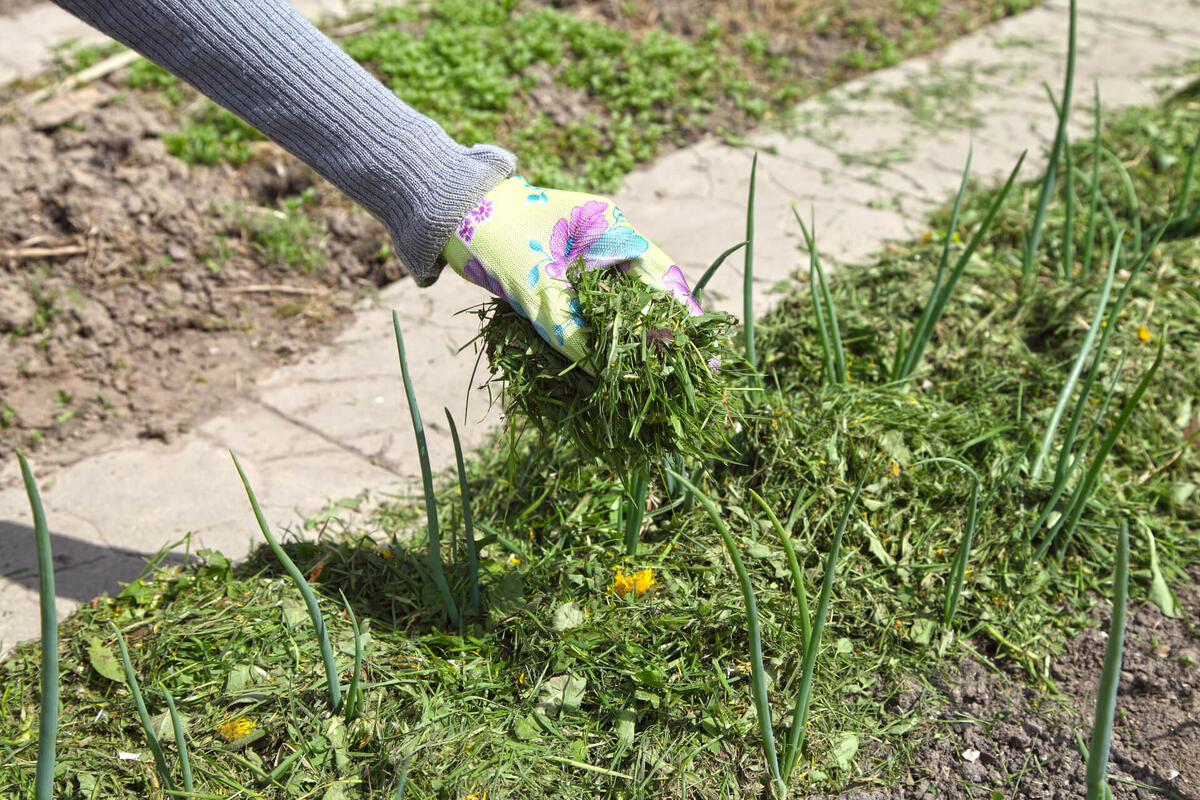
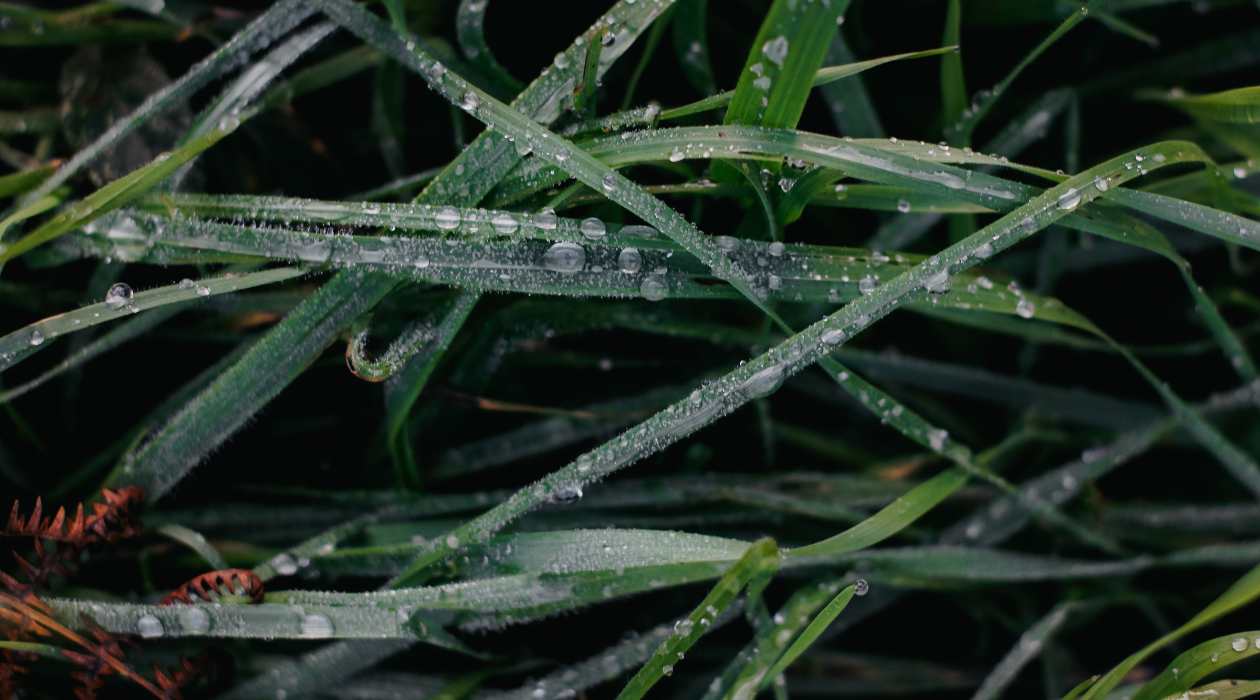
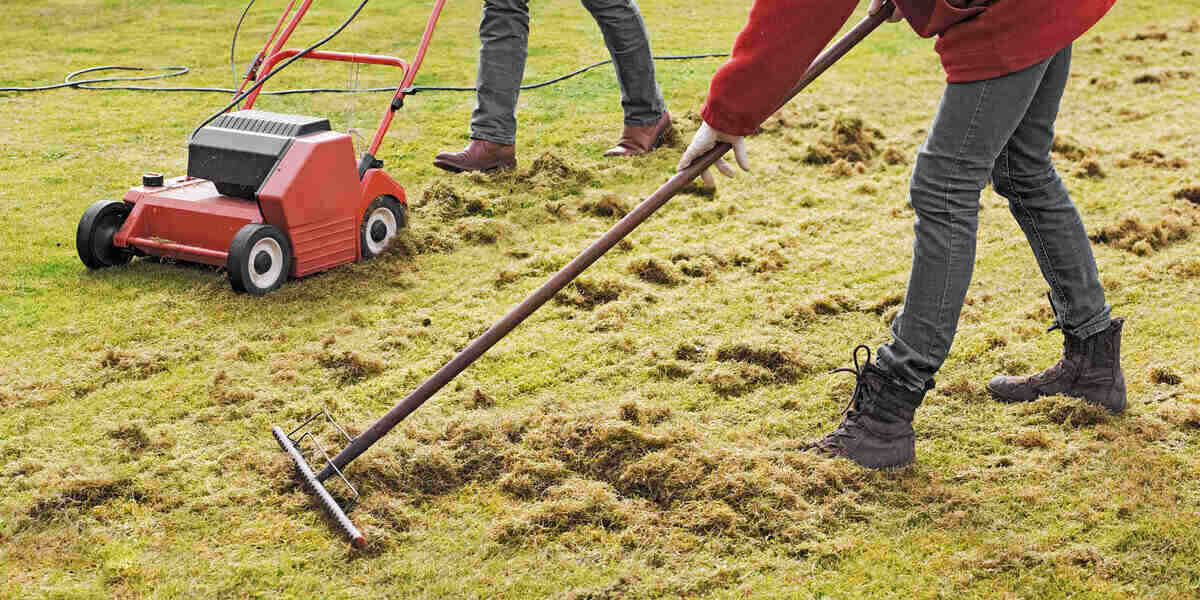
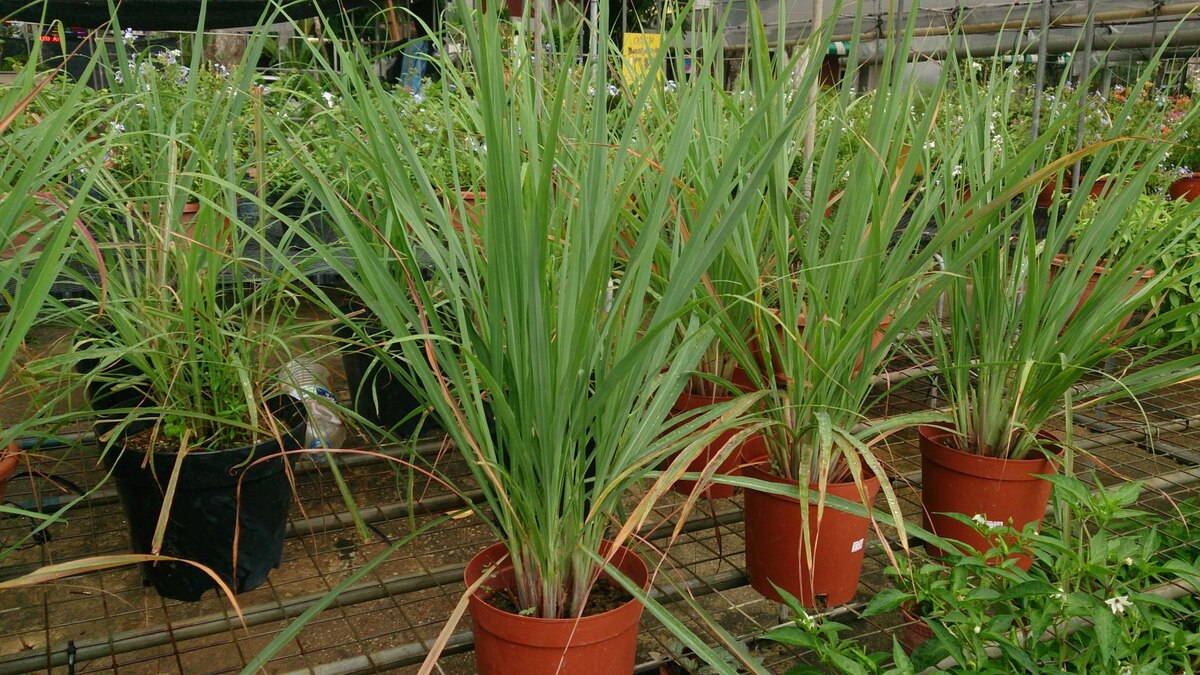

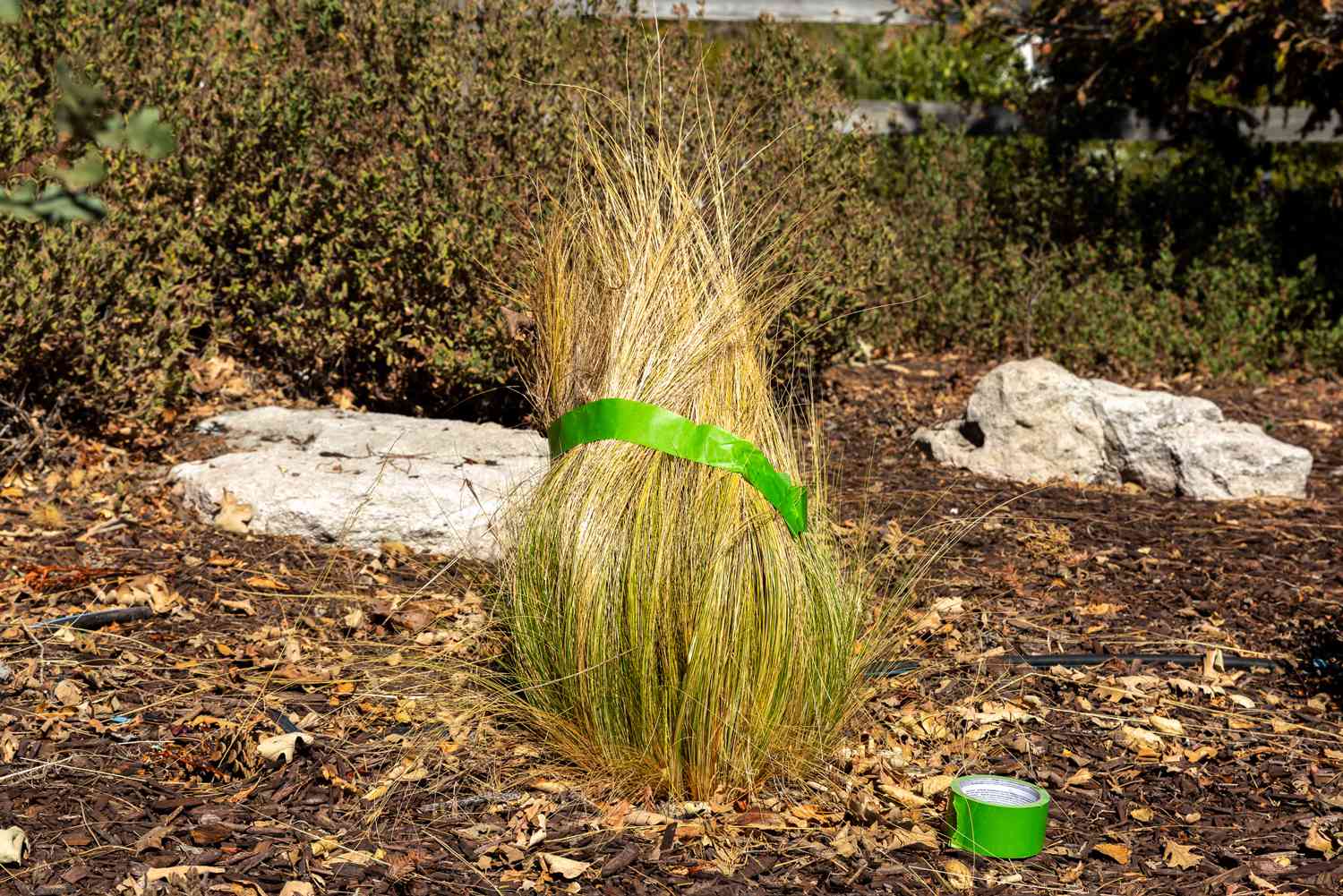

0 thoughts on “When To Overseed Grass”